Filter by Category
Filter by Category
Contents
Wondering how to create a community? How to turn your social media presence into a thriving online community? Where and how to get started on community building? Or how can you build a community by yourself?
If so, we’ve got you covered.
In this guide, we’re going to walk you through everything you need to know to build an awesome community.
Building an online community

What is the first thing that comes to your mind when you hear the phrase “online community?”
Is it a forum like Quora? LinkedIn? Your email list?
The truth is, the definition of an online community varies depending on who you talk to. Essentially, a community is a group of people who come together for a shared purpose. Whether it’s to discuss company culture, to band together to share fitness goals and tips, or to share a mutual love of photography – there is no denying the power of a group of people coming together to share their love for a specific topic or interest.
Back in the day, a community may have looked like a Yahoo forum but, thankfully, communities have since evolved to become digital havens powered by sophisticated technology that people can access from their desktops and mobile phones. Thanks to technology, people can now share photos, videos, and livestreams with people from all over the world at the touch of a button. Stale and outdated posts on clunky forums are a thing of the past.
To build a thriving community you need to enable two-way communication. Your email list or website isn’t really a community. Whilst you may be able to use these channels to communicate with your audience, you’re talking at them rather than with them.
A real community is one where everyone has a voice. A space where people can share their most vulnerable truths, actively discuss their thoughts and opinions on the topics that matter to them most, and build lasting relationships. If you’re serious about creating a community, it’s important that these points remain at the forefront of your mind.
What’s the difference between a social network and an online community?
Maybe you’re wondering what the difference between a social network and an online community is. A social network such as Linkedin or Facebook, for example, is very similar to your offline social network.

We all have groups of friends, coworkers, relatives, business besties, and everything in-between that we may see or speak to on a regular basis. Social networks tend to be spaces where these pre-established connections live collectively.
Although you can also use them to connect with new people or people you’ve never met, the majority of your connections on social networks will be with people you already know.
Online communities tend to form out of groups of people from all walks of life. People come together to share their love for a common interest or goal. These groups of people may or may not know each other in real life, typically they don’t. They tend to join forces on online community platforms, such as niche groups or forums, such as Mumsnet.
Why create a community online?

So why should you create a community? What rewards can you reap from doing so, and how will your community serve you?
Here are some of the top benefits:
1. Building a community adds value to your customers
Whether you’re a large business, creator, or entrepreneur, a community can act as a valuable resource for customers. It’s a place they can easily find information and answers to their most pressing questions. Customers can share their thoughts or educate one another on how to make the most of your product or service, and they can connect with others who are equally passionate about specific topics. People go to communities to feel accepted and geek out over shared interests – your community makes this possible for them.
The CloudPeeps community is a great example of this. The company is a marketplace that connects businesses with freelance community, content, and marketing professionals. Aside from access to jobs, CloudPeeps also provides a community space for freelancers to connect with each other to share advice, stories, solutions, and tips.
2. A focus group for upcoming products or services
One of the best things about a community is that you get a chance to get inside the heads of your customers. You’re able to see their needs and interests. You can see what they’re talking about, what they think about your product or service, and quickly spot any gaps in your offering. You get to see your customers as real people rather than stats on a spreadsheet.
This provides you with a valuable opportunity to consider how to improve your customer experience and get real insights into your products and services.
3. Create a community of raving fans
Your community is a great space to leverage relationships with your customers. When you take the time out to really get to know and connect with your audience on a deeper level, you’ll turn them from someone who simply liked your offering to someone who is a raving fan. Some customers will be so excited by your community that they’ll want to share it with their friends and they’ll talk about you to their wider network too. They may even be willing to get more involved with answering questions from others in your community, being a part of user testing, or joining an affiliate scheme for your business.
Having a customer wanting to shout from the rooftops about you is priceless.
4. Communities drive retention
Your customers are more likely to stick around and remain loyal if they have a community they feel connected to. If there’s any doubt whether a community will generate a return on your investment, check out these stats from a recent study we conducted:
- 55% of branded communities say that the community has contributed to an increase in sales.
- 58% of online communities say that their customers are more loyal to them because of their community.
- 72% of those with a branded community say that their community has led to an increase in website traffic.
- 68% of branded communities say that the community has helped create new leads.
Different types of communities
Now that we’ve covered what a community is and the benefits of creating one. Let’s go over the different types of communities. To keep things as simple as possible, we’ve boiled it down to two main types.
Public social networks
Facebook, Twitter, Youtube, and Quora are social networks that many of us may be familiar with. They are great platforms to find out what people may be saying about your business or industry – you can use them to monitor conversations.
It’s important to note that while these platforms may be free and provide an opportunity to reach your customers – they are also full of trolls who can quite easily damage your brand reputation, you aren’t in control of where your content shows up on someone’s feed (if it reaches their feed in the first place) and you have zero control over their algorithms. Public social networks are also free for all which means they’re full of competing and distracting content so the chance of capturing your audience’s attention and really capitalising on the benefits mentioned above are quite limited.
Branded communities
Branded communities can be public or private. They are built on white-label social network software, community software, or online community platforms like Disciple – all of which are the same thing.
A branded community is essentially a private community that you own, manage, and control. A safe space for your community members to hang out, free from trolls.
While it may have all of the perks of traditional social network platforms that you and your audience are already familiar with, branded communities also have the added benefits of being able to customise the look and feel to your branding, options to package your expertise and monetise your offering, the ability to add multiple groups and sub-groups and the functionality to manage and own the data of your community members so you never need to worry about data breaches.
These are all highly desirable features and are a big reason why many are opting to go down this route to build their communities rather than relying on traditional social media channels.
How to create a community from scratch
Now that we’ve covered the essentials. Let’s talk about how you can build an awesome online community from scratch.
1. Start somewhere
The best thing is to start somewhere. Get your ideas out there and see how people respond. Your best research resource is already there around you. Your friends and family. If you already have a social presence, speak with your social community to find out what they think about your ideas. You could even create a discussion board where people can provide feedback on how they want the community to develop.
You can also ask people on Quora.com. The more people you talk to, the more responses you’ll get, and the more you’ll know about which of your ideas might actually work as a community.

Look at blog posts within your niche to see what type of content resonates best with your community members. At the end of the day, your aim is to build a community that encourages interactivity between not only your community members and your content, but with each other too.
Keep track of these responses and use this as a measurement for which of your ideas get the best responses. This doesn’t need to be complicated. Just write down each of your ideas in a sheet using Excel or Google Sheets and, next to each of your ideas, tally up the number of positive and negative responses for each of your ideas. You’ll then have a simple, but useful, yardstick to give you an initial understanding of which of your ideas are most likely to succeed when you try to build your community.
You can also use this sheet to keep track of which interests, passions, experiences, and issues are most important to people. This will be really useful for the next step.
2. Find shared interests, passions, and experiences
So, you’ve bounced your ideas around. You have a better understanding of what you and the people you’ve spoken to have in common. You can now use this common ground to find the shared purpose or bigger mission to build your community.

Any shared interest or experience is enough to build a community, provided it’s something that you and other people care about. So, think carefully. What do you and the people around you care about? What matters to your audience?
Once you’ve found this, you’ve found the purpose for your community. The central topic, interest, issue, or experience that you all have in common. This will be the basis of your conversations and interactions, as well as the foundation for your community building. At least to start with.
So try to tap into a feeling, an experience, a current issue, or future mission that your network has in common.
Here’s how your community might have an edge: Connect around unique niche experiences. Maybe there’s something different about you that other communities don’t offer. Maybe you’re a vegan who specialises in vegan desserts or a love of pugs. Sub niching your niche is a great way to put a unique spin on your community.
You can build community online around any shared interest, passion, experience, or issue. So find that shared interest and leverage it to build a community.
3. Find a home for your community
This one’s completely up to you. Is social media the right forum to build community online? Or, do you want it to be different from all the other Events, Pages, and Groups on social media sites? Do you want to have a community website or a community app or both?
There’s no one-size-fits-all for this question. Your community is unique and you need to decide where and how you want to interact with one another.
As a starting point, many people opt for Facebook to build and house their community. After all, most people are already on Facebook so it seems like a much easier way to gather initial interest. But the issue with that is even though there is a strong social presence already on Facebook, Facebook also has ongoing issues with security and data. With the numerous data breaches, how can you be certain that your data (but most importantly your community member’s data is secure and safe)? When you start your online community on Facebook you should focus on building a type of community that your target audience will love – not worry about whether or not Facebook will suffer a data breach or whether their comments will get trolled.
Likewise, you could use LinkedIn or Twitter. LinkedIn groups work well, but it’s much more tailored towards a B2B audience. Most people use LinkedIn as a work or business social network. Imagine your community was for fish enthusiasts, you’d struggle to generate enough interest if you opted for LinkedIn to build your social community.
4. Bring people into your community
Now we’re getting into the fun stuff. It’s time to market and promote your community. You’ve done the research. You’ve found the purpose for your community. You’ve found a home for your community. Now all you need is the people. Time to build a community online.
Start local. Get your immediate circle on board (hi, mum). Then, get them to invite their friends and family to join your community. Post about your community on social media. Create an event and invite everyone you know to it. Just spread the word!
Word of mouth is a powerful thing, especially if your community is based around something people care about. So just go for it. People can’t join your community if they don’t know about it. Word of mouth is hard to force. It will happen organically if your target audience likes the type of content and value they get from their community. It all comes down to building a learning community that gives you an authority in your niche and increases your social presence across all social networks.
You can also be your own PR. Do you know anyone who works for a newspaper or magazine? They may well be able to help you. Even if you don’t know anyone at your local newspapers (or even national, why on earth not?), get in touch with them anyway. There are some great online guides on how to be your own PR like this one.
You’d be surprised how many newspapers are on the lookout for these kinds of stories. Especially if your idea for a community taps into a common interest or feeling shared by a lot of people.
You could even start blogging. Writing blog posts is a great way to spread your reach. In order to do it, have a look at your target audience and see what kind of valuable content they’d appreciate. Once you’ve produced the blog posts, promote it either on social networks or within your own online community. Doing so will show potential community members the level of value they could receive by joining your community.
You can also join other discussion boards to post about your upcoming community. But be careful. Some discussion boards like Reddit have strict rules about self-promotion, so be sure to check those out to avoid getting a ban.
5. Create a community culture
A culture will naturally find its way into your community. But there are things you can do to set it on the right track and keep it there.
The culture will depend entirely upon the type of community you’re building. It may be a completely open, relaxed community culture where everyone says whatever they’ve got on their mind. Or, it may be a more formal culture where issues are discussed and debated.
Whatever the culture, you can help get it right by setting the tone at an early stage. Just be mindful of the culture you’d like to create when welcoming new members and when you start new posts and conversations. People will naturally follow the tone you set.
Although you want to promote a healthy level of interactivity, we also recommend using a community manager to moderate some of the content to keep your culture on track. By removing inappropriate content and disruptive users, you can protect the community, its culture, and keep it on the right track.
Generally speaking, if you’re having to hesitate and question whether the content belongs on your platform, it probably doesn’t.
6. Start inclusive conversations
You’ve gathered a community of people around a shared interest, experience, passion or problem. So, talk about it. And get everyone else talking about it too.
This is something you care about. And the rest of the community cares about it too. So be interested, inclusive, excited, and enthusiastic. Invite responses from the rest of the community. Ask them questions. Find out what matters to them and respond to what they say. Make everyone feel welcome, included, and of equal importance.
At first, it might be difficult to know what sort of things to talk about. But, the best thing to do is to just make a start and measure the response. It’s the same idea that we spoke about in Step 1 of this guide. Measuring responses is the best thing you can do because it gives you a real-life indication of what works and what doesn’t.
So post something in your community feed and see how people react. Find quantifiable ways of measuring people’s reactions. It may be the number of Likes your post-receive. Or how many comments and responses your post gets. Or the number of people that go to the debate, show or event you organise. Or the most popular response in a poll.
Just think of a way that you can benchmark your comments against one another. This will give you a good understanding of the kind of content and discussion that works well with your community.
And when people respond to you, make sure you respond back to them to start a healthy, inclusive, and enthusiastic conversation. You don’t want your community members to feel like you’re preaching to them. But at the same time, if you can build a teaching presence, and a learning community, you’ll keep people coming back again and again.
The two key ingredients here are inclusivity and enthusiasm. So, get cooking!
7. Let it grow & help it along
Go you! You’ve built a community!
You’ve found a purpose for your community. You’ve found a home for your community. You’ve found a group of people who want to be part of your community. You’ve created a positive community culture and started a number of inclusive, enthusiastic, and engaging conversations with all your new friends.
But your work isn’t over yet. You need to cultivate your community. The best way to do this is to find the best places to get your community noticed.
We’re not saying you need to pay thousands of bucks for billboards and TV ads. Just think carefully about people who will be interested in your community and have a bigger platform than you do to tell the world that it exists. These people are called influencers. And they can really help you expand your community.
If your community is built around health and wellness, then speak to instructors at your local gym. If your community is built around music, then speak to the up-and-coming bands and their fans. If your community is built around politics, then speak to the politicians for your area. Just speak to people and see what they have to offer.
They may have some really good suggestions for things you can do to keep growing your community. They may even want to come on board and help you themselves. You won’t know until you’ve spoken to them about it.
This will help you build awareness of your community and, if you get influencers talking about you, you’ll raise the profile of your community in no time. So get out there and get chattin’!
Monetising your community
In some cases, an online community is built around a brand that had a huge following way before anyone ever heard of the internet. In many of those cases funding for the online community comes out of the brand’s marketing budget and is a relative drop in the bucket of the total amount the company spends to get the word out and cultivate new fans.
For many others, however, the online community is everything. It’s built around an idea or a cause or a brand that is trying hard to get off the ground but is not there yet. In those instances, community builders need some way to cover the cost of the online community. Fortunately, with a Disciple Media online community app you have a multitude of monetisation options, including:
Paid memberships
You have a variety of options when it comes to membership subscriptions. You can offer free memberships to everyone, provide a freemium option where basic access is free but you charge for premium content, or charge everyone for membership. In that case, you could offer different length memberships at different price points, but it’s up to you.
It is not unusual for community builders to offer everyone free membership during a set period following launch. That free sign up period will typically extend for 1-12 months. After that, they may introduce a freemium option and perhaps transition in time to a fully paid membership model.
The point is you have a lot of flexibility when it comes to paid memberships. And if you are looking for a way to monetise your community it makes sense to start at the front door, the way your favourite night club does.
Live streaming
Whether your community is built around a band, a cause or a hobby, or you have knowledge to impart through online courses, live streaming is a great way to earn some money to cover your operating costs.
You can live stream workshops, meet and greets, conferences and lectures. You can live stream band rehearsals, product launches, Q&A sessions and just about anything else you can think of.
Live streaming an event is not just a good way to raise capital, it also provides a unique opportunity for your community members to get to know you, your cause, your music, your artwork or any aspect of your product or service you feel like highlighting.
You can also monetise within the event by offering digital downloads of whatever song the band is playing, t-shirts that promote your cause, posters, e-books or access to related content not available to those who did not pay to view the live stream.
Native advertising
When you build your community using the Disciple Media community app you no longer have to adhere to the advertising rules and regulations of the social media giants. You decide where to place ads. You decide how many ads there will be. And you get to keep all of the ad revenue, not some trillion-pound corporation.
Native advertising entails the placing of ads in the most low-key, unobtrusive way possible. Usually, that means starting with ads in member activity feeds, but formulating them in a way that blends in with the look and feel of other content. This way the ads are not disruptive to the overall experience, don’t disrupt the feed and may generate a higher click through rate.
What makes native advertising different is this ability to be easily identifiable without being obnoxious or seeming like you are leaning too heavily on your users. After all, you don’t want to chase anyone away. You just want to provide a way for those who might be so inclined to get their hands on an interesting or useful product.
Affiliate marketing
Affiliate marketing is a smart way to earn extra money in a low-key manner. In short, you sprinkle your community with subtle advertisements for (hopefully) related products and if one of your members clicks the link and purchases something (it doesn’t always have to be the specific product the user clicked on) you get a commission.
Amazon is famous for its massive network of affiliates many of whom make handsome livings on nothing more than affiliate income. But while Amazon may be the best-known example of a company that offers affiliate relationships they are hardly the only ones.
Thousands upon thousands of wholesalers and retailers worldwide are willing to provide website owners and online community builders the opportunity to earn affiliate commissions by linking to their product or service.
Donations
There is nothing wrong with asking members and visitors to donate to the cause of keeping your community afloat. This revenue-raising tactic is practised by individuals, successful businesses and online communities and can be seen in action at the end of countless YouTube videos, when the video producer asks viewers to donate to their Patreon account.
If you have checked out Patreon and decided that it is not your cup of tea, not to worry. There are a number of Patreon alternatives that provide essentially the same service. Those include Buy Me a Coffee, Sellfy, and Podia. In most cases, you receive your donations at the end of each month with a service fee deducted by the provider.
Alternatively, if you need to raise money to finance a particular initiative related to your product or service you can launch a crowdfunding campaign using Indiegogo, Kickstarter, GoFundMe, Fundable, Mighty Cause and many more.
Dozens of crowdfunding campaigns have raised tens of millions of pounds each. We don’t mention that to suggest you will raise that much but simply to point out the crowdfunding can work, even for large-scale projects.
Members trading area
With this monetisation model, you provide a dedicated space within your community where members can buy and sell products. For each transaction, you collect a small fee for providing the retail platform. Exactly what your members wind up buying and selling will be up to you. But it should be related to the overall theme of the community.
Community building best practices
Now that we’ve covered almost everything you need to know to create a community from scratch, let’s finish with some basic best practices to ensure that all runs smoothly.
- Set goals: It can be easy to get lost in all of the excitement of building your community but it’s important to have a clear idea of your goals. Writing down what you hope to achieve as a result of building your community before launch will help you to stay on track and provide you with something to always revert back to when you’re considering new activities or initiatives to grow your community, as well as providing you with something to help you measure results.
- Have guidelines: There’s a reason why even Fight Club had rules. Having clear guidelines for your community will prevent anyone from ruining the experience or vibe for others. They also provide you with an opportunity to clearly state who will be asked to leave, making that conversation slightly less awkward if the situation ever arises. Keep your guidelines simple to start: No spamming, be kind, no shameless promotion, etc.
- Offer perks: People love exclusive perks so why not give the people what they want? Sneak peeks of new products, invites to private events, coupons, or vouchers that discount the cost of new products – you catch the drift. Thinking of ways to incentivise your community to stay with you is a great way to maintain loyalty and create a buzz.
- Create a habit: People like familiarity so provide your community with clear guidelines on what to expect and when. Maybe it’s livestreams on Thursdays or a monthly happy hour Q&A, or maybe you celebrate your top contributors on a weekly basis. Find a way to ingrain your community in their everyday (or at least weekly) lives.
- Ask for feedback: Don’t be afraid to regularly touch base with your members to see how they’re doing, and what they’re getting out of the community. Doing so will help you to improve the experience for them. They’ll also appreciate that you care enough to want to keep them engaged.
Examples of thriving online communities
Fitbit
Fitbit creates digital watches that help people to keep track of their health goals.
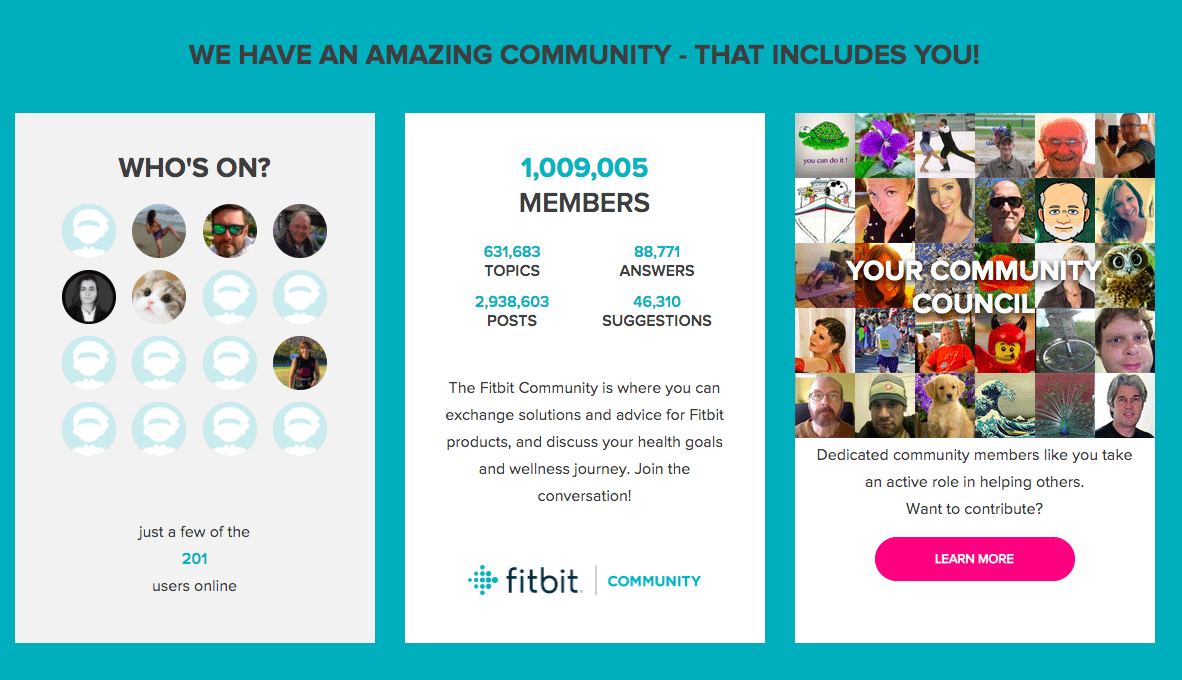
Sephora
Sephora is a community for people to learn and develop their ideas for makeup and beauty.
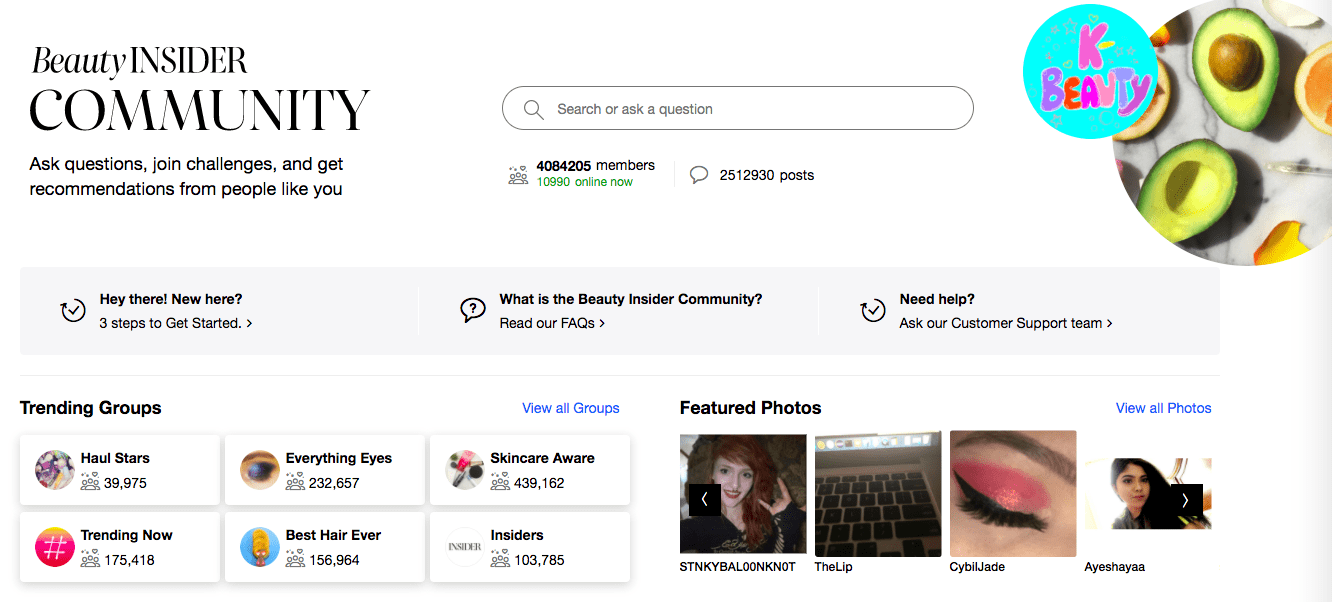
Patientslikeme
Patientslike me is a community for people to connect with patients like themselves.
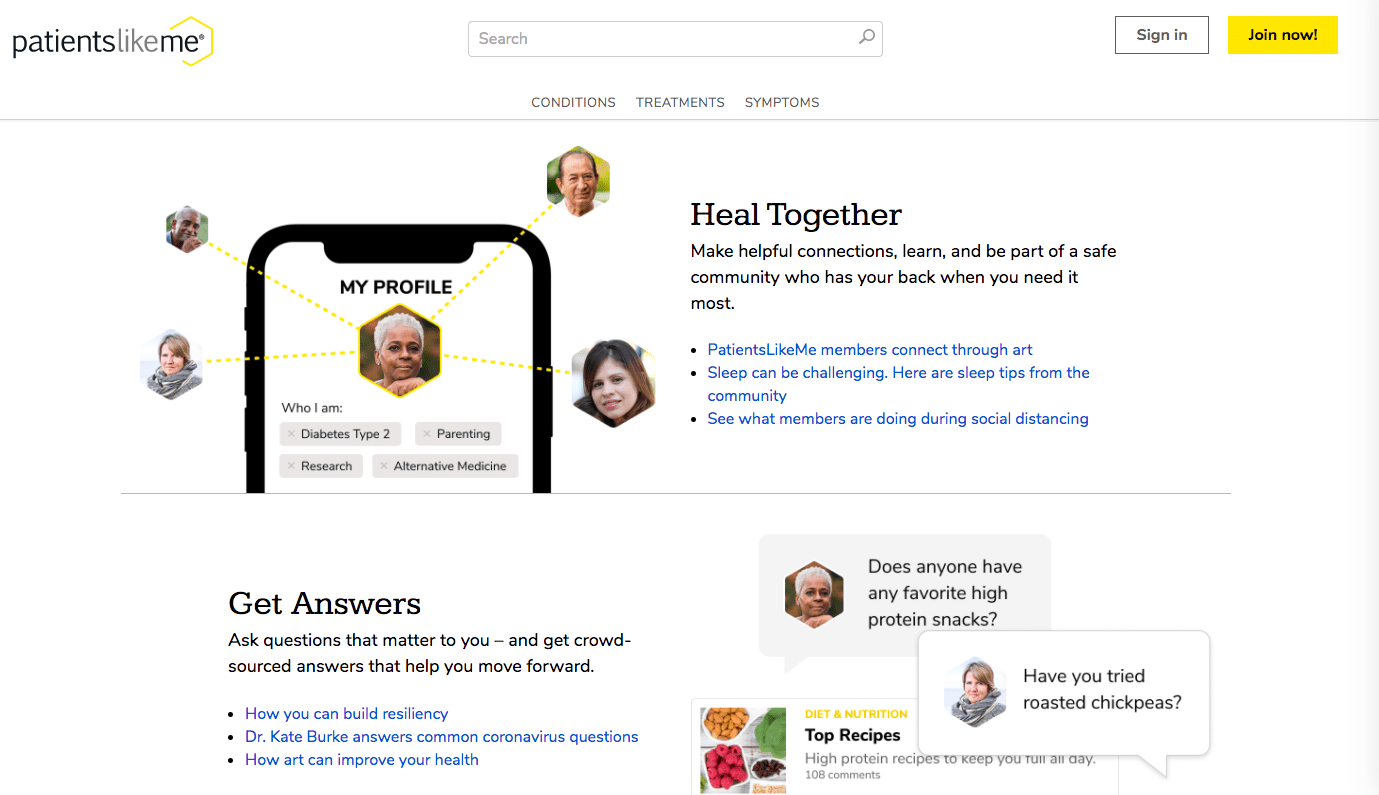
Ravelry
Ravelry is a community site for knitters, crocheters, and fibre artists.
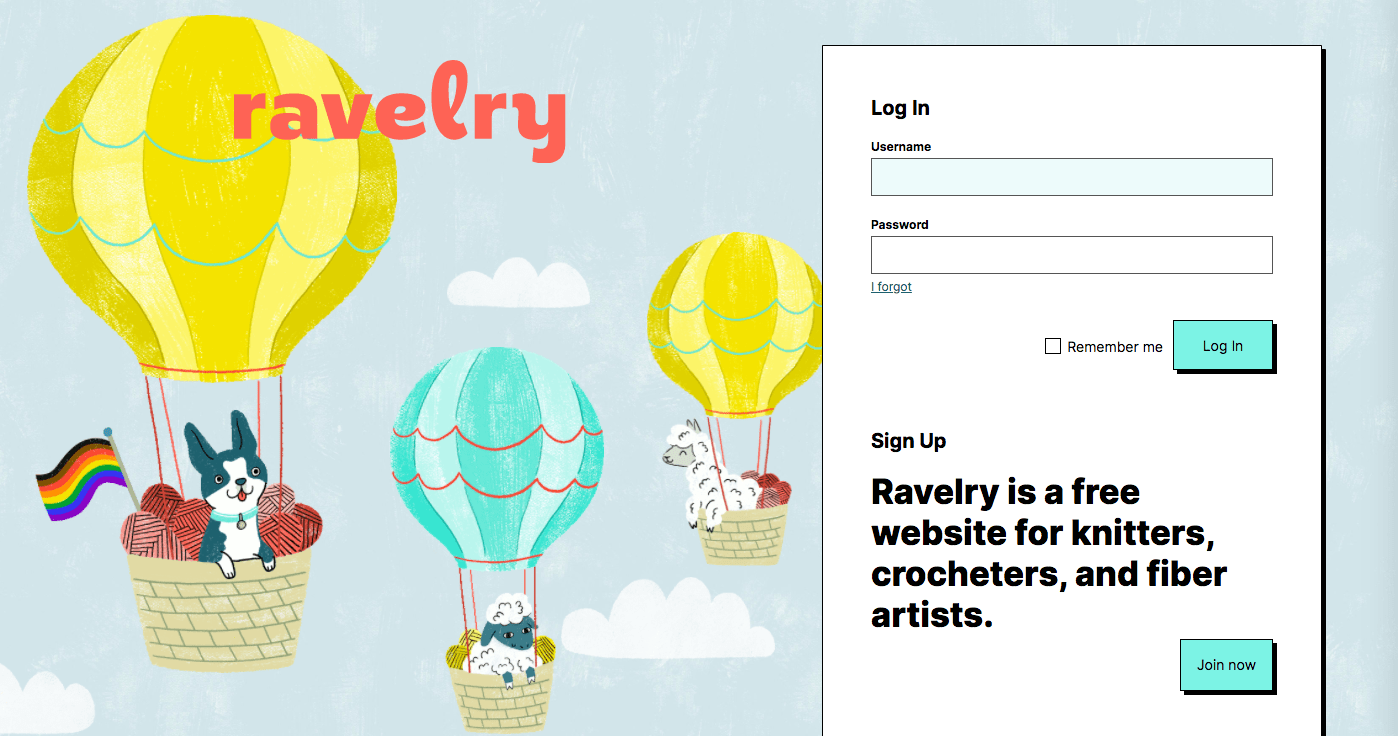
Deezer
Deezer is a community for people to talk about their love of music and get support.
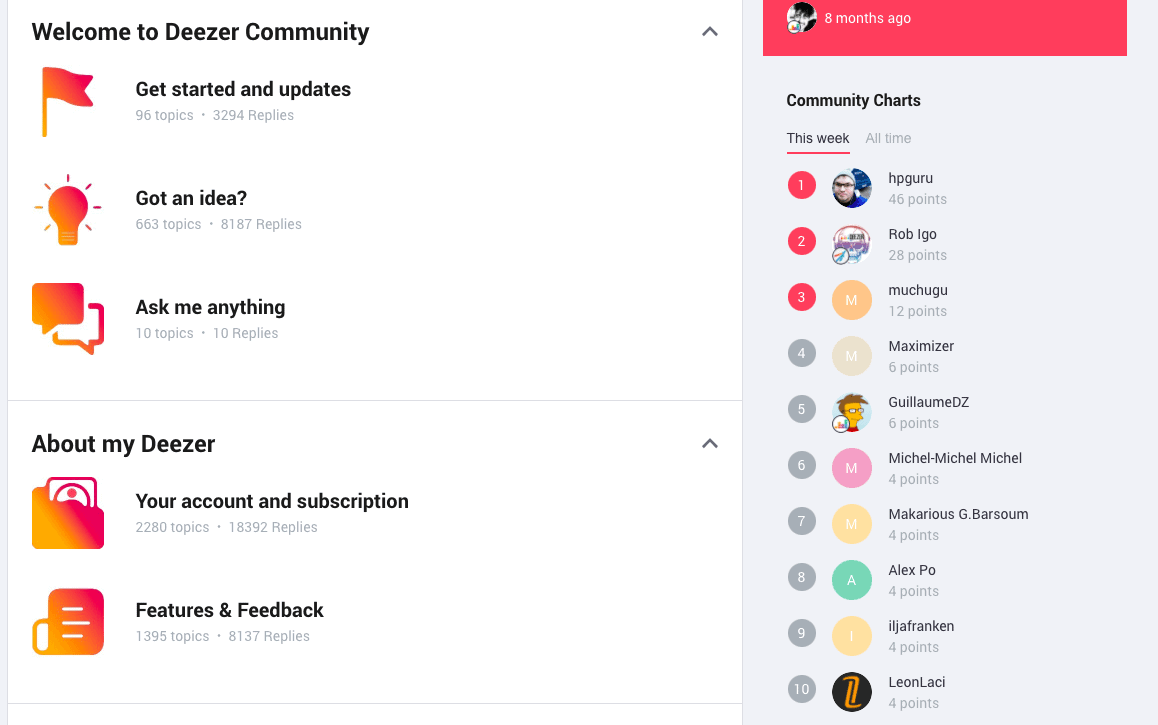
Final words
So, there you have it. You have everything you need to create your community. You’re now well on your way to creating a community to be proud of. And the sky really is the limit from here. The more active you are in talking about and promoting your community, the faster it will grow.
If you remember one thing from this article, make it this: Everything has to start somewhere. Think of all the things you know that started with one person. You can build a community. You just need to start somewhere.
Disciple Team in
28 December, 2023
18 min read
Share:

See how Disciple can fit your business needs
See how a Disciple community
can fit your business needs
See how a Disciple community can fit your business needs
Related Articles
18 min read
How To Build Your Online Community From Scratch
Wondering how to create a community? How to turn your social media presence into a thriving online community? …
8 min read
How the Best Businesses Build Brand Communities (+Examples)
No matter the name of your brand, the industry you operate in, the products you make or the …
9 min read







